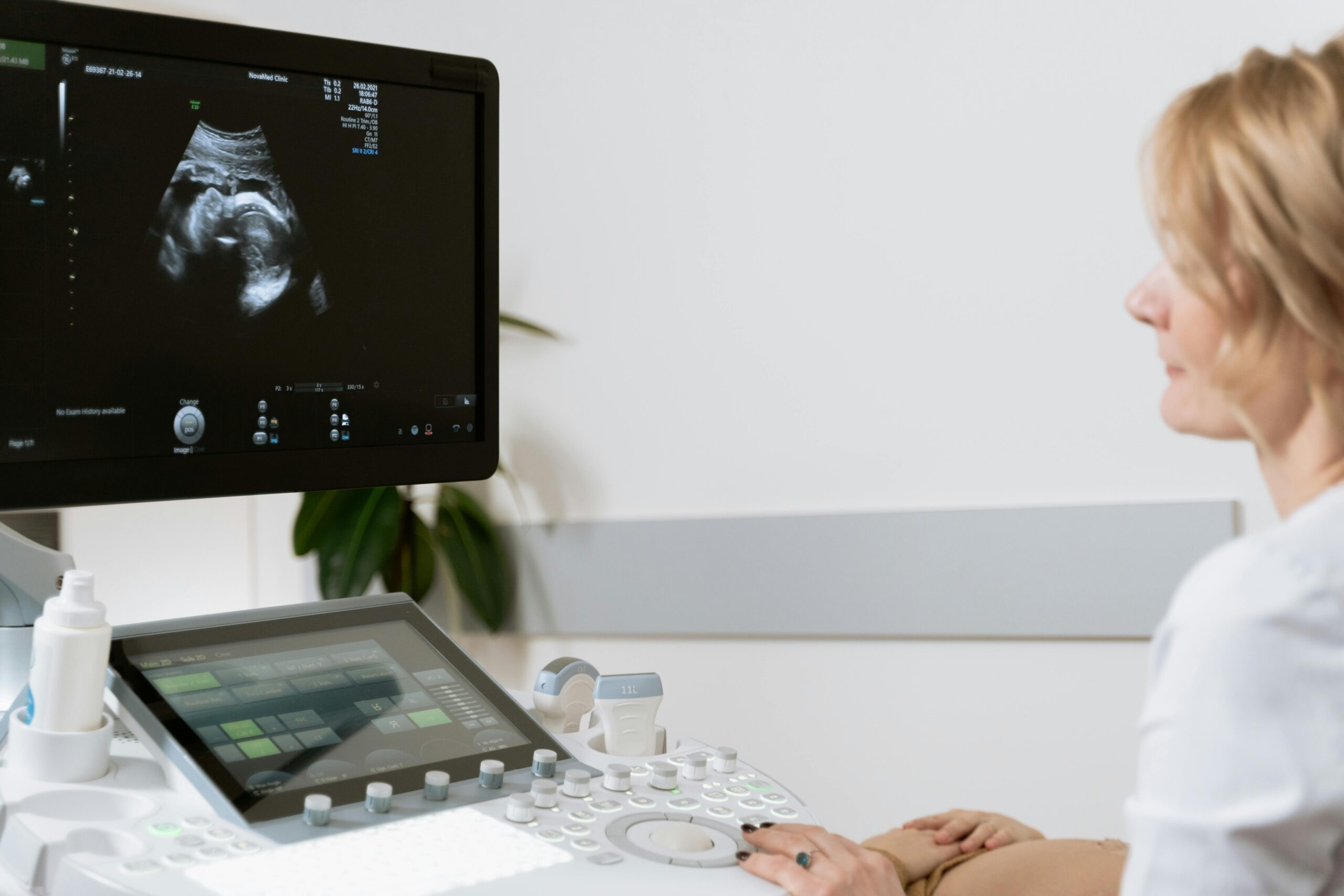Ultrasound screening often misses endometrial cancer in Black females

A new report found that a common screening technique used to assess the risk of endometrial cancer (EC) may be less effective among Black women. The study, published in JAMA Oncology in June, discovered that pelvic transvaginal ultrasonography (TVUS) led to false negatives in a portion of Black females who actually had EC. The procedure, which uses sound waves to produce a picture of the inside of the pelvis, is routinely recommended to females experiencing postmenopausal bleeding, which is a symptom of EC. Whenever the TVUS reveals that the individual has a thicker endometrial thickness (ET), they should also get a tissue biopsy to screen for EC.
Some Black females with EC have a relatively thin endometrial thickness — as a result, they don’t get a biopsy, and the cancer is missed. With EC, early detection is crucial. “Since we know that ultrasound assessment is not always accurate in Black women, other screening modalities are essential for early cancer detection, including symptom awareness and advocacy,” notes Elena Ratner, MD, MBA, a gynecologic oncologist at Yale Cancer Center and Smilow Cancer Hospital, told Healthline.
The report evaluated the health data of 1,494 Black women who underwent pelvic ultrasonography with an ET measurement before a hysterectomy. Of the group, 210 had EC. In addition, 78 per cent had fibroids 1 percent had vaginal bleeding, and 57 per cent had pelvic pain. Of the 210 who had EC, about 11 per cent had an ET that was below the diagnostic threshold for detection (4 mm).
The study found that roughly 9.5 per cent of cancers detected in Black females were detected below the threshold of 4 mm, and 3.8 per cent were in people who had an ET less than 3 mm. An estimated 11.5 per cent of the cancers would have been missed because the people had a relatively thin ET. The findings suggest the most accurate way to identify EC in Black females is through a tissue biopsy.
Diana Pearre, MD, a board certified gynecologic oncologist at The Roy and Patricia Disney Family Cancer Center at Providence Saint Joseph Medical Center in Burbank, CA, says that the lead researcher of the study, Dr. Kemi Doll, has significantly added to the scant research that’s been done surrounding the diagnosis and treatment of endometrial cancer. “The main takeaway I believe she wants us to understand is that we cannot rely simply on the image we see on an ultrasound report to determine whether to biopsy a patient with postmenopausal bleeding,” Pearre said.
In many patient populations, TVUS is an effective way to measure ET and provide a risk assessment for EC.
“It is often used to determine whether patients should get a biopsy of the internal lining of the uterus and make sure there are no cancerous or precancerous changes in the lining,” Amer Karam, MD, a gynecologic surgeon with Stanford Medicine, says. But, the procedure doesn’t appear to be reliable in Black females. Prior research published in 2019 has shown that Black females with postmenopausal bleeding are less likely to get an endometrial biopsy.






